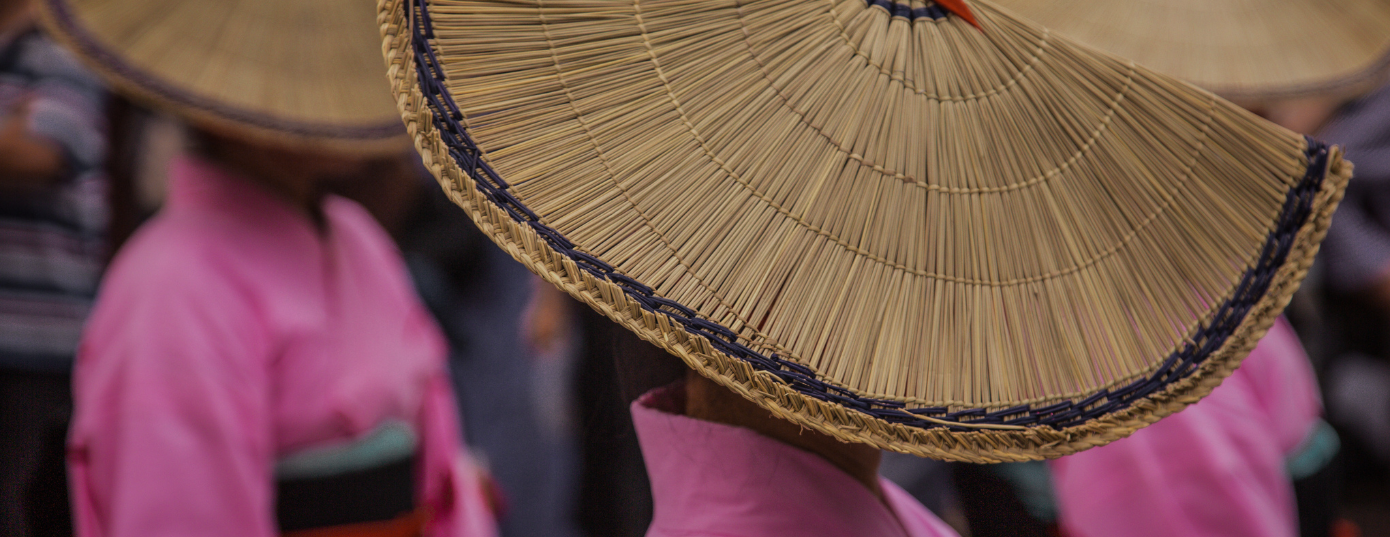With the number of countries and territories starting to change their attitudes towards weed, softening their views on this plant as we find more and more medical uses for it, and we also come to understand that recreational use is actually no different (or worse) than drugs like coffee or alcohol, it’s easy to assume that most places are changing their attitudes towards weed. And with places like Thailand fully legalizing cannabis, it seems that the place of origin of cannabis, Japan, shouldn’t be too far behind.
After all, cannabis and hemp have culturally been part of Japanese culture for centuries, with many uses and applications of this plant first discovered here, so it stands to reason that Japan is probably very open to adopting it as part of everyday life as many other countries are doing.
With that in mind, you are probably going to be surprised to discover that Japan is perhaps one of the countries with the strictest laws and bans around the circulation of cannabis, and although some advancements are being made, for the foreseeable future, things might remain the same. But why is this the case? What has been the story of cannabis in Japan during the last century, from where this attitude came from, and what will be the possible outcome in this country for a plant that has changed so much in the last couple of decades?
An ancestral tradition
The history of weed in Japan is old. Research indicates that, most likely, it came to this country around 18,000 years ago, even if the proper cultivation of cannabis didn’t start until around 8 millenniums after that, making it one of the earliest crops of prehistoric Japan. It was mainly used, as hemp, to make clothes, ropes, and papers, although some religious rituals of the time also employed it, giving it a connotation of purity, practices that still persist, in limited capacities, today.
A more “recreational” use of it wasn’t widespread, though; maybe some early shamanic cults used cannabis oils as part of their rituals or to induce visions, so cannabis remained firmly an “industrial” plant for most of its history, which makes sense considering that Japan has traditionally been an isolated nation until some 150 years ago, and resources to make clothing were limited, as cotton was a very precious material back then. In fact, there exists a traditional pattern in Japanese clothing known as “Asa no Ha”, which is modeled after the cannabis leaves.
However, this changed during the mid-19th century, when Japan started to open and cotton became more commonplace, which changed the traditional roles of these fabrics during the following century, making hemp some kind of luxury fabric for the higher social classes. The last hurray of hemp as sewing material came during World War II when it was strategically used to make uniforms, ropes, and parachutes, but at the end of the war, Japan’s occupation by the United States brought many changes to this country’s culture, one of them being a different attitude towards cannabis and hemp.
The modern reality of Japanese cannabis
This ban, known as the Cannabis Control Act, was enacted in 1948 and changed forever the image of cannabis in Japan. Since this plant was traditionally used to make fabrics, was already being replaced by cotton, and the cultural practice of consuming it didn’t exist, it was easy for cannabis to become banned, notwithstanding the benefits for US companies that nylon, polyester, and others could be exported and sold there. There was also a desire to protect Japan from a post-war abuse of narcotics thanks to how traumatizing WWII had been for them, so for the second half of the century, cannabis became practically taboo.
So much, in fact, that Japan remains one of the few developed nations that currently doesn’t have any medical cannabis programs in their healthcare system, and although you can find CBD products (with some effort), any THC quantity whatsoever is strictly banned. To demonstrate how tightly controlled it is, only 1.8% of Japanese people have any kind of experience with cannabis, contrasting with the nearly 40% that the United States has, and currently Japan has one of the highest numbers of cannabis-related arrests (mostly for possession), with an uptick of 80% when the COVID pandemic started. And believe us, you don’t want to get arrested for weed in Japan. Hell, not even Paul McCartney could get away with it.
But even with this strict social control of the weed, things are starting to slowly change. For one, CBD has become trendy in the more modern cities of Japan, such as Tokyo, where cafés and other small establishments are offering “green” infusions and edibles in small quantities, legally, although at very high prices. Medical marijuana is also started to get some leeway in the country, with the government starting to give some concessions and investing in cannabis firms for research, and even an annual “Marijuana March” has been held in this country every year since 2001, advocating for the decriminalization of cannabis, and spearheaded by people who have lived abroad and witnessed firsthand how harmless weed consumption really is.
But nevertheless, Japan has quite a challenge ahead if they want the attitude towards cannabis to change as radically as it has happened here during the last three decades. For one, as an island nation, Japan doesn’t have easy access to neighboring territories that might demonstrate how effective and beneficial the decriminalization of cannabis can be (similar to what was happening between Canada and the US), as well as the problem of having most of their weed imported from overseas, making crackdowns and tight control very easy for the Japanese authorities. But as more and more information circulates on the Internet about the net benefits of cannabis, and more younger people get into politics with the harsh experience of a cannabis arrest behind them, and as the rest of the world moves on towards a future where weed is a normal part of everyday life, who knows. The Japanese cannabis revolution might be closer than we think.
Author: Shaggy


1 comment
AMAZING ARTICLE! Please write more about it